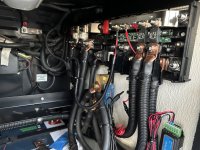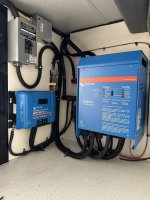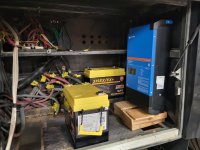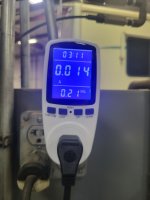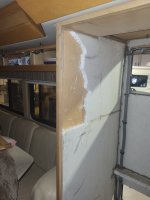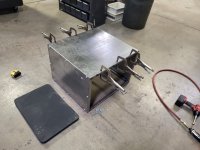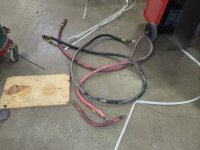Sandkist has some valid points.Lithium batteries in bulk charging state will accept large amounts of charging current. Alternators are stupid and will provide their max output until they overheat as most are not 100% duty cycle rated. There are all sorts of aftermarket regulators and battery charge controllers available that will cycle the alternator X minutes on and X minutes off, effectively producing a 50% duty cycle (sort of). To me, that is still putting a lot of stress on the alternator. The DC to DC charger is the best solution as it solves two issues with charging a lithium battery. First, it limits the load placed on your alternator and secondly, it provides the correct charging curve for a lithium battery. For your application, I would think the DC to DC would be ideal as you will be discharging your battery significantly overnight so you will be recharging in the bulk high amperage state often. Placing the DC to DC between your battery and alternator will definitely save your alternator. Only downside is recharging time will be increased due to the lower charging current. Really no need for the DC to DC charger or alternator charging of my coach batteries in my Moho as the solar, genset ,shore power and battery bank capacity (920AH) are more than enough.
On mine, I kept the alternator charging the start batteries only and solar/gen set/shore power charges the house batteries along with a trickle charger from the house batteries to the start batteries (to insure my start batteries are full when I boondock for extended periods). My house batteries are lithium and start batteries are wet cell. This solves most problems (disconnected the oil trigger switch on the relay that was mentioned to separate the systems but it still leaves the jumper switch in the coach available to use if start batteries die). The other issue that it solved was potential alternator damage from abrupt charging cut-off on lithium system (different charging curved between lead acid and lithium). My system has been operating for about 3 years now and doesn't seem to have any issues. House batteries charge from solar while i am driving anyway. No DC to DC charger in my system.

